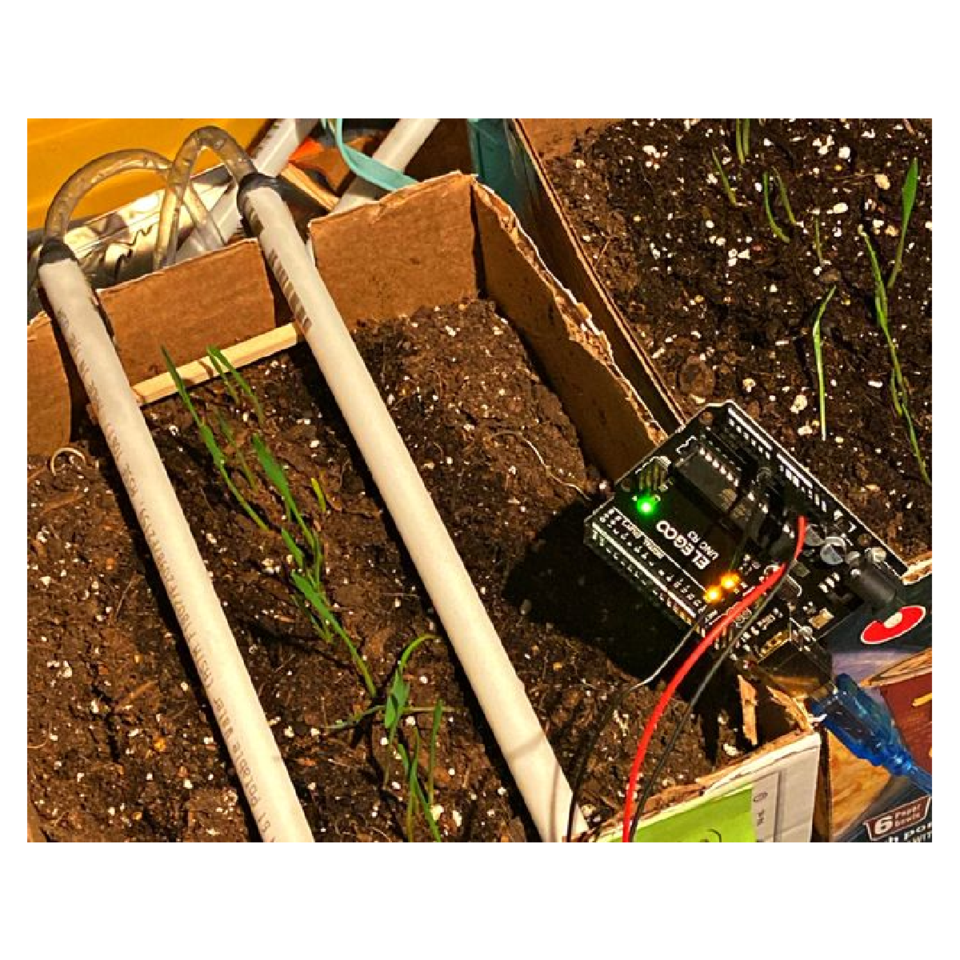Canada’s largest annual youth STEM fair, the Canada-Wide Science Fair (CWSF), is returning to its normal in-person format next year from May 14 to 19 at the Edmonton Convention Centre. The last two CWSF fairs have been done virtually.
“There is something magical and unforgettable about experiencing STEM and the creative power of ideas in person,” says Reni Barlow, executive director at Youth Science Canada, organizer of the Canada-Wide Science Fair. “STEM projects transferred well to the virtual world, and we’ll continue to grow our online platform, but there are significant benefits when people can experience the event live with the ability to connect in-person with the innovators behind the projects.”
In 2020 Youth Science Canada was scheduled to hold the CWSF in Edmonton, unfortunately, due to the pandemic, they had to cancel the event. They were then scrambling to figure out how to still hold the event, in a safe way that did not disrupt the mandates.
That is when they created the YFC Online STEM Fair, where students from across Canada were asked to submit their projects virtually. There was no significant judging for the 2020 science fair, but that would change for the 2021 and 22 when they held a massive virtual event that spanned the course of a week. During this week students compete in their regional science fairs (which only about 70 per cent of the regional fairs could make it). The judging for both 2021 and 2022 was done on Microsoft teams.
Now, after almost three years of virtual STEM fairs, the CWSF can return to its in-person event. This will be the first time that Edmonton has hosted the CWSF since 1999. Nearly 20 years later YSC is expecting 10,000 in-person visitors during the public viewing days, with more than 30,000 through the online portion of the event.
The way that the event works, starts at a regional level. There are 108 regional science fairs across every province and territory. The students that enter their projects have a chance to be chosen to represent their region at the CWSF, this means you cannot just apply to join in CWSF you have to be chosen by your regional science fair.
There are several different categories and challenges that split up and organize the different projects. The main category is the age category which goes as follows:
- Junior (Grades 7-8)
- Intermediate (Grades 9-10)
- Senior (Grade 11-12)
After the age category, is the type of project being shown. There are two types of projects, which are:
- Discovery: This is a project that answers some sort of scientific question.
- Innovation: This is a project that solves some sort of scientific problem.
The final category is a group of eight challenges in that students are encouraged to think of a question that is worth investigating or to identify a problem that they believe they have the ability to solve. Those eight challenges are as follows:
- Agriculture, Fisheries, and Food.
- Curiosity and Ingenuity.
- Digital Technologies.
- Disease and Illness.
- Energy.
- Environment and Climate Change.
- Health and Wellness.
- Natural Resources.
"For parents, students, and teachers I got a couple of messages. One is that kids have amazing ideas, and they should be strongly encouraged to pursue them. They could turn them into a STEM project, but also even an idea that does not seem like it has any merit can turn into an amazing project or maybe a business,” says Barlow. “The second thing is if students, teachers, or parents are interested in getting started on projects they should go to our website which is intended for those kids, which is called MyStemSpace.ca. The third thing is to connect with your regional STEM Fair in Saskatchewan."
The winners of this fair will receive their prizes based on the categories that they won. Last year, during the 60 Anniversary CWSF event, which was held virtually from May 16 to 20, $942,600 in awards and scholarships was given to a total of 201 students.
There are several groups of awards due to the categories. There are ‘Special Awards’ that are given out by associations and organizations. For example, "The Canadian Association of Physicians" awards the best physics project, and the "Canadian Acoustical Association" awards the best project dealing with sounds. They have about twenty-five special awards to give out.
The CWSF also gives out Bronze, Silver, and Gold Medals to the top projects in each grade category. The top ten in each grade category win a gold medal, the next twenty gets a silver medal and the thirty after the silver winner wins bronze. Another award is the Challenge Award, which will be one award for each grade category for each of the eight categories.
The vast majority of the awards come in the form of scholarships, which are presented by six universities from across Canada that award medal winners. Those universities are as follows:
- Dalhousie University
- University of British Columbia
- University of Manitoba
- University of New Brunswick
- University of Ottawa
- Western University
YSC is a registered charity incorporated in 1966 that stokes the curiosity of Canadian youth through STEM projects. YSC delivers on its goal through national programs such as mySTEMspace, the National STEM Fair Network, Canada-Wide Science Fair, STEM Expo, Team Canada representation at international fairs, and Smarter Science professional development for teachers. Due to these programs, YSC can provide support to over 500,000 students who partake in STEM projects in any given year.
YSC will share any additional information on CWSF 2023 Edmonton in early 2023. For more information on Youth Science Canada or to stay up to date with the latest news, please visit https://youthscience.ca/.




